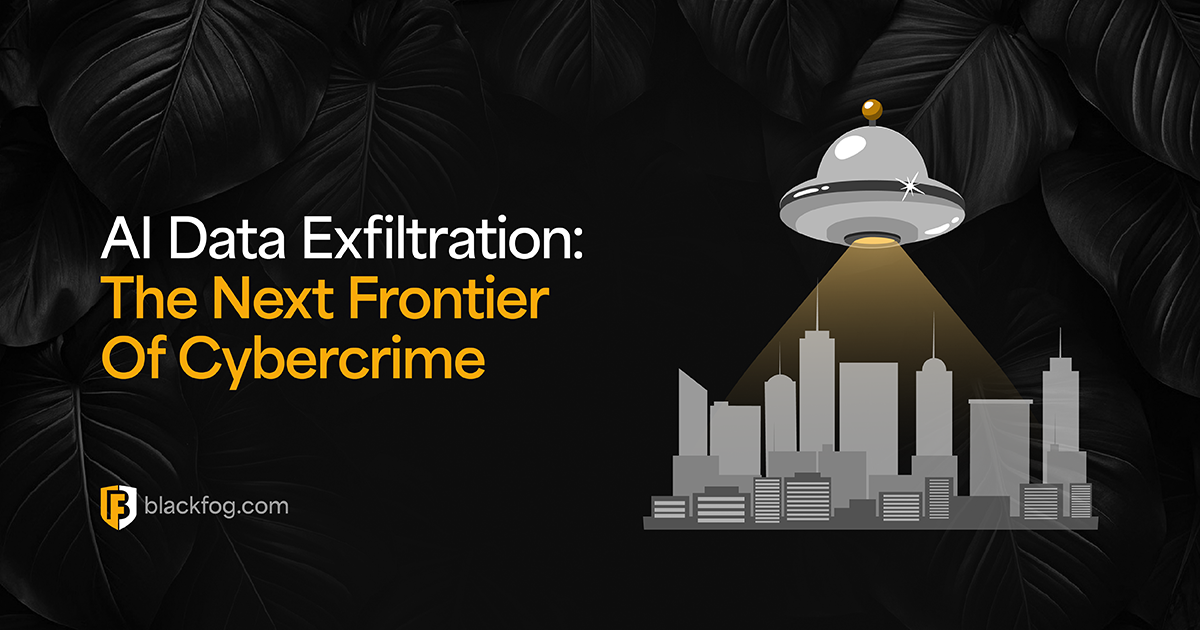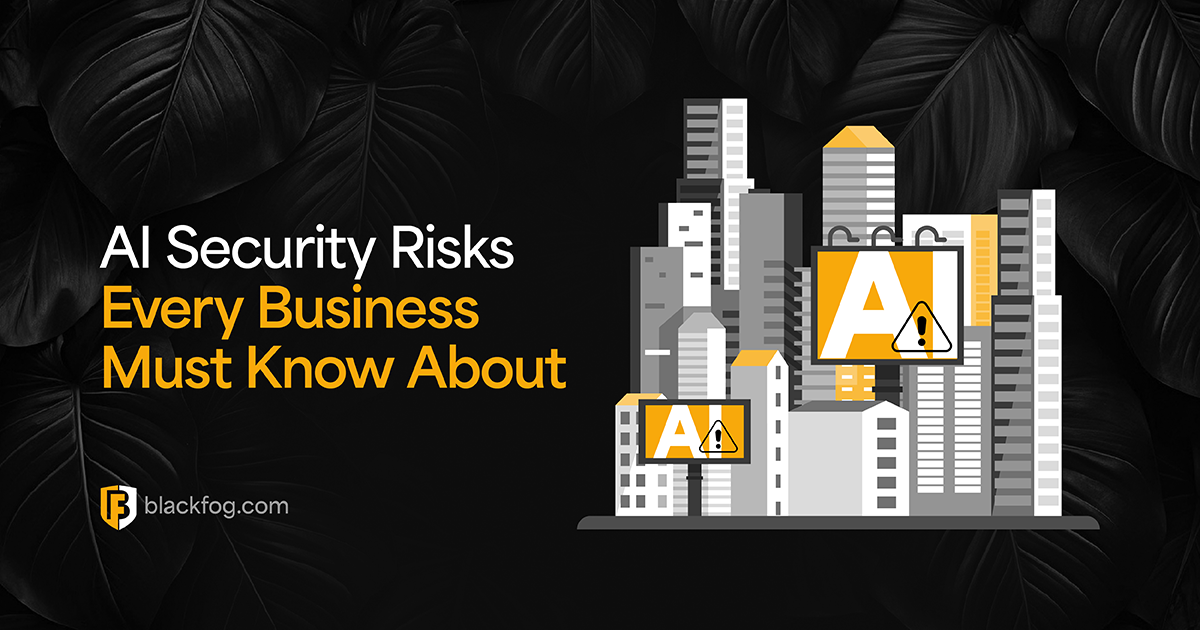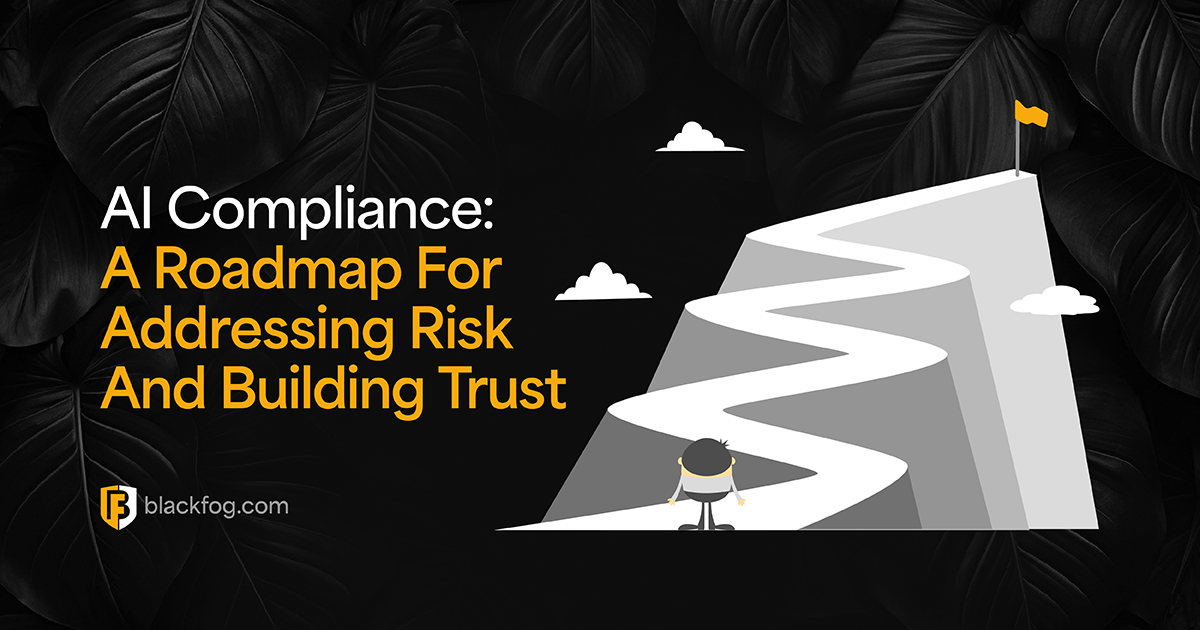
Cryptocurrency mining, also known as Cryptojacking is the latest trend in hacking where code is injected into web sites and is used to hijack the users’ CPU to mine cryptocurrency. This has been driven by a boom in the value of cryptocoins in general and is a way for hackers to make money.
It is now becoming a major threat to many corporations and infrastructure around the world. Recent attacks have been carried out against Tesla, UK and Australian government web sites and critical EU water utility infrastructure.
We take a look at what it is and how you can protect your device.
How Does Cryptocurrency Work?
Cryptocurrency is a digital currency. Unlike traditional currency it is not controlled by any government and is designed to be secure and anonymous. There are many types of digital currency. Many have heard of the original cryptocurrency, Bitcoin which started in 2009. However, it has spawned many others such as Ethereum, DigitalNote, LiteCoin and PotCoin among many others. Currently there are more than 900 different currencies.

The Blockchain requires computing resources to perform the cryptography and verification of each transaction and this is run by miners. A miner is simply a computer or node. As payment for these services, miners are paid in digital currency. The first cryptocurrency miner that is able to validate the transaction is rewarded with a payment.
The payments are fractional amounts of currency based upon the number of transactions and the current market rate. This fluctuates dynamically based upon supply and demand. In the early days it was possible to make a small amount of money by performing these services. However, the rates are now so low (due to the number of miners involved) it is nearly impossible to make a profit, especially when you factor in the cost of equipment and power. In addition, specialized devices such as AntMiner, have been created for the sole purpose of mining, rendering standard desktop processors unviable. This has also been a boon for graphics processor companies like Nvidia and AMD who have started releasing cards developed specifically for cryptocurrency mining.
The Economics
The economics of mining are such that the single biggest cost involved is the power and CPU required to do the work. Due to the cost of power in different countries it makes sense to do mining where the cost of power is low. China has therefore emerged as the major player in mining and now performs over 80% of the workload.
Due to these economics it makes sense that if you can pool a group of computers to do the work on your behalf then you can effectively steal both electricity and CPU cycles and get paid without any expenditure. This is exactly what cyber criminals are doing.
Early attacks focused on infecting web servers, where they inject code into sites to do the mining. As the price of digital currencies has increased they have become more sophisticated and now infect individual machines as they visit web sites through advertising and other code injection techniques.
Protection Against Cryptomining / Cryptojacking
The best way to stay protected from these attacks is to ensure you have Cryptomining / cryptojacking protection on your device at all times. BlackFog provides a single option in the Network > Blocking section to ensure you are protected. This monitors all outbound connections in real time and ensures that there is no data transfer to any cryptomining site. Since this operates at the network layer it also blocks connections from other infected applications on your system.

Share This Story, Choose Your Platform!
Related Posts
AI Data Exfiltration: The Next Frontier Of Cybercrime
How are cybercriminals using AI data exfiltration to enhance their ransomware attacks and what must businesses do to counter these threats?
5 Enterprise Use Cases Where AI Privacy Concerns Must Be Addressed
AI privacy concerns are rising with AI adoption - five use cases highlight the key issues businesses must consider.
What AI Management Really Means For The Enterprise
Ongoing AI management is essential in maintaining compliance in a challenging environment. Here's what businesses need to consider.
AI Security Risks Every Business Must Know About
AI Security Risks are growing as AI embeds in business. What key threats must firms address to stay compliant with data regulations?
Who’s Really In Charge? Why AI Governance Is Now A Business Imperative
Find out why a strong AI governance program will be essential if enterprises are to make the best use of the highly in-demand technology.
AI Compliance: A Roadmap For Addressing Risk And Building Trust
AI compliance is set to be a major focus for businesses in the coming year. Here's what you need to know to make this as easy as possible.






